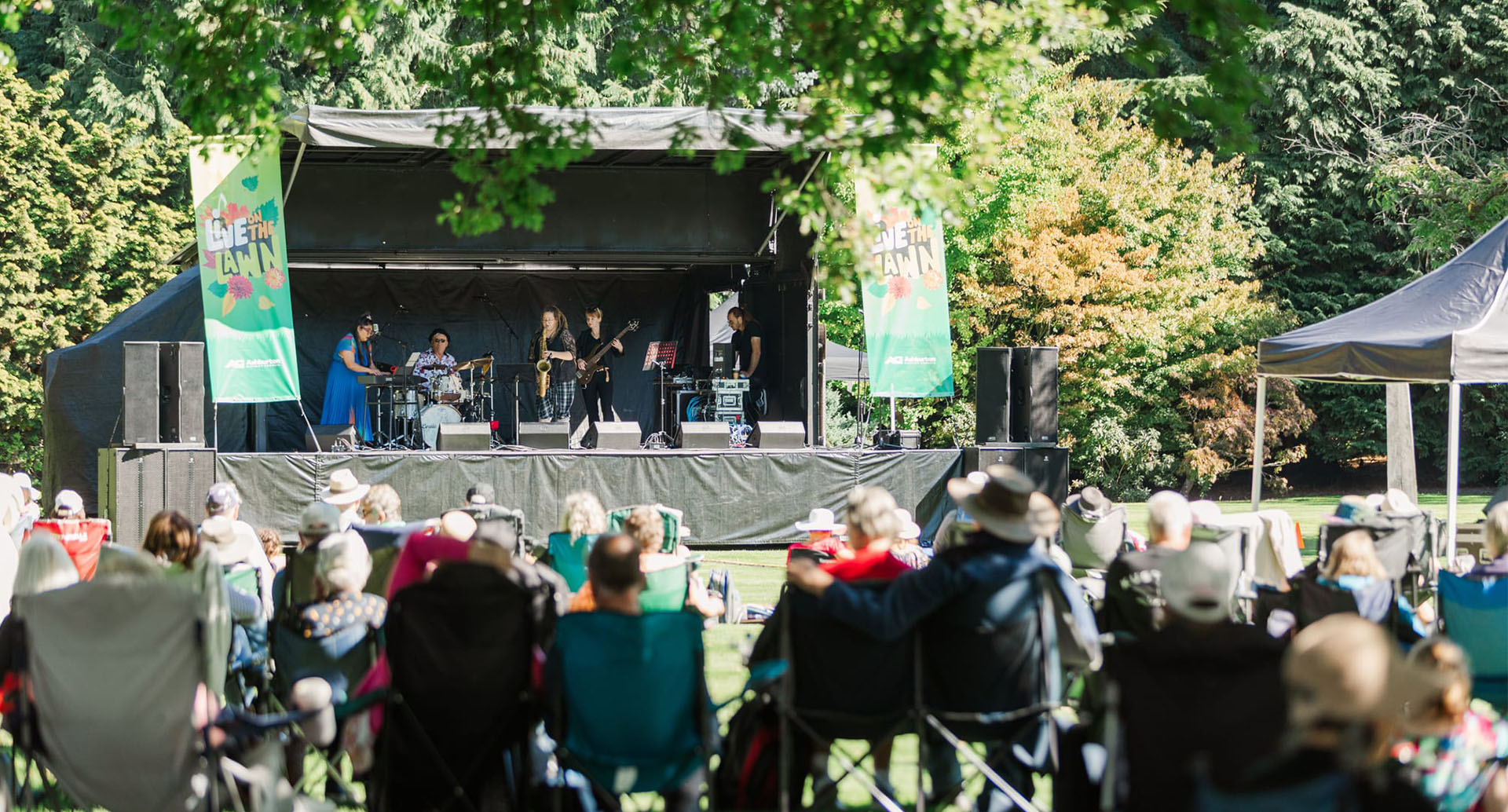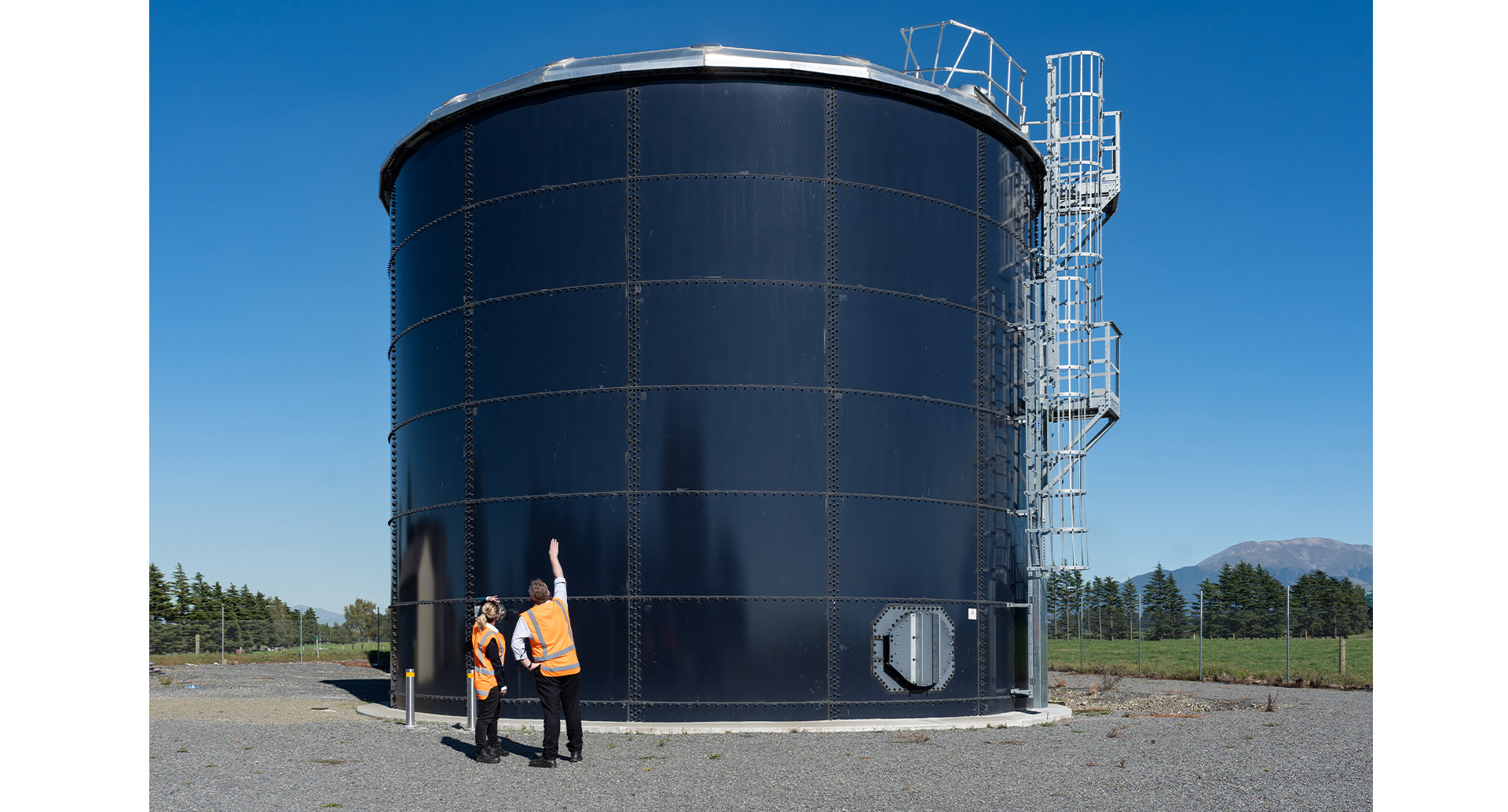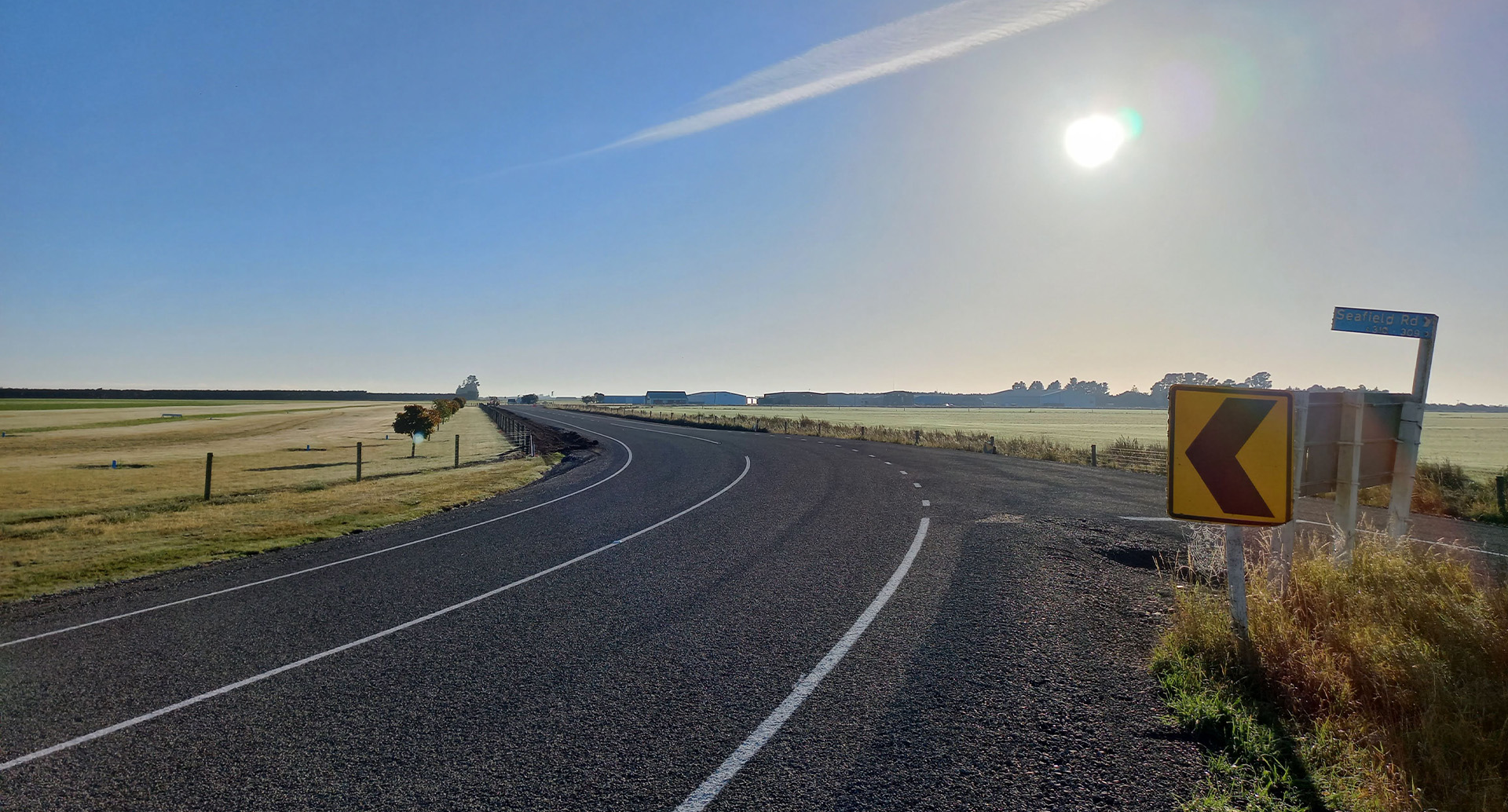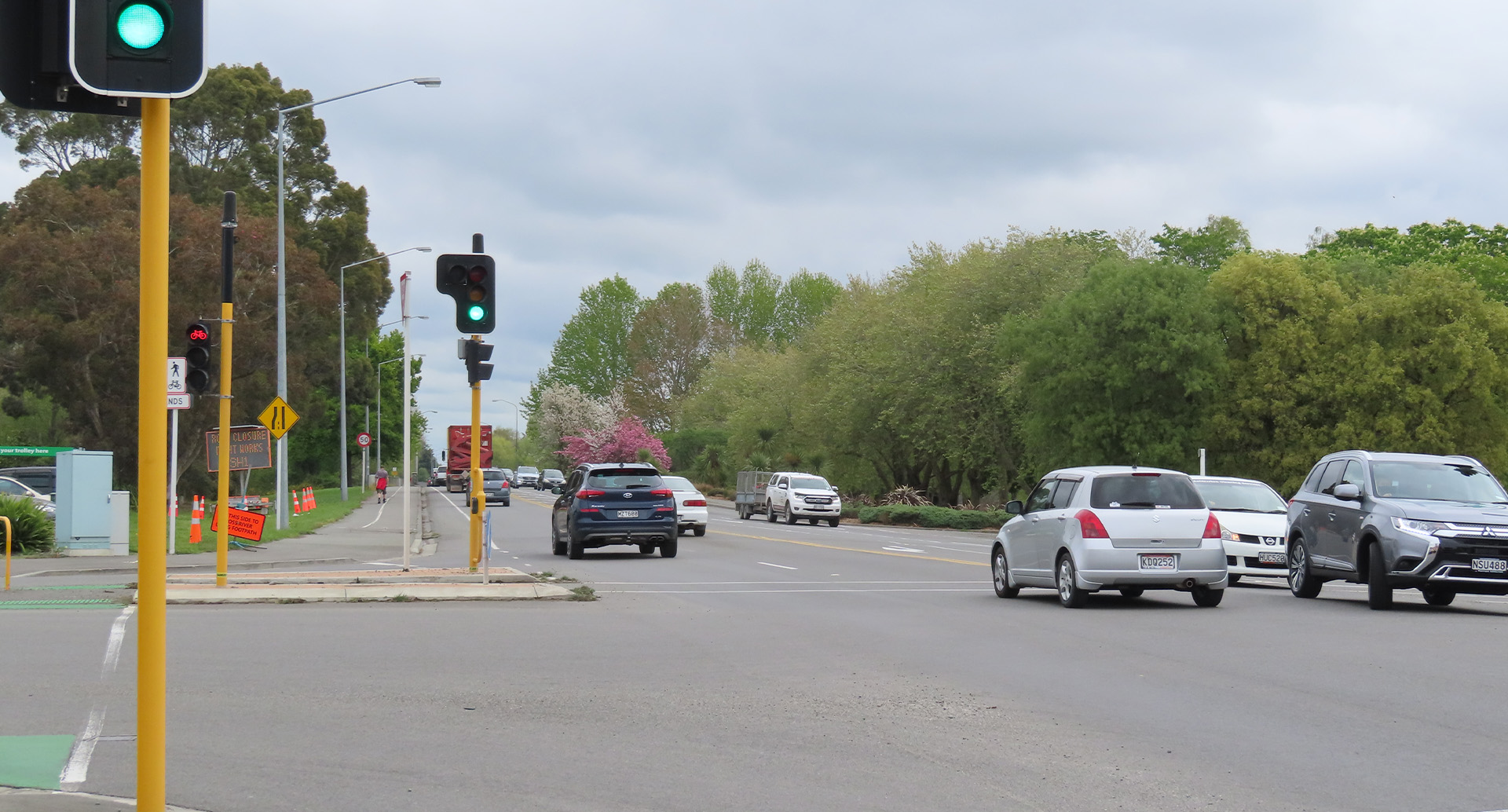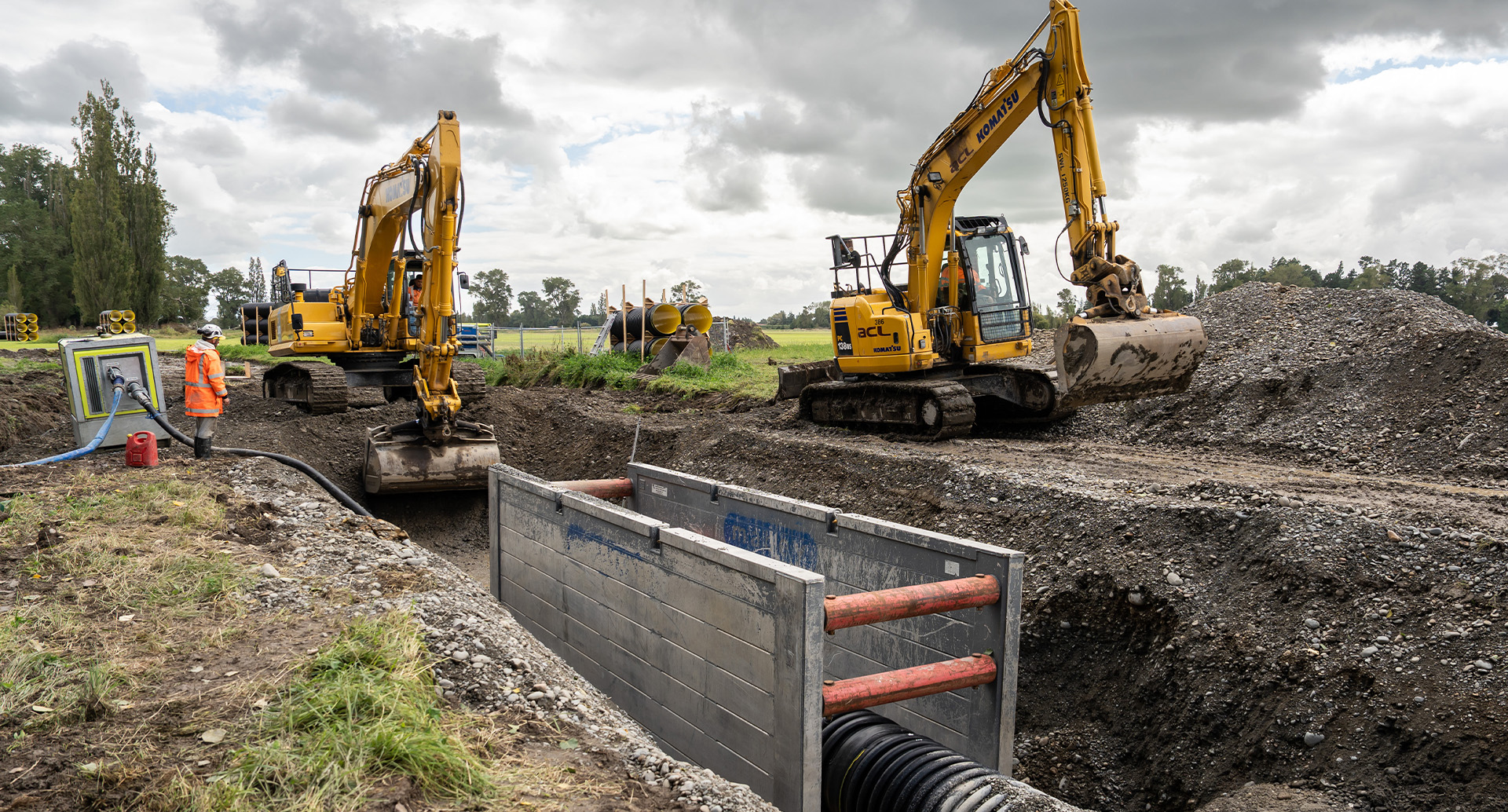CE Hamish Riach: Second bridge case officially lodged

Council has this week officially lodged its detailed business case for a second Ashburton River bridge with Waka Kotahi.
That act marks a significant point in the timeline of the project, and the case for funding from Waka Kotahi/NZ Transport Agency will go before its board in November.
Between now and then, the agency’s staff will be scrutinising our case and many supporting documents, and providing advice and analysis for when it is up for discussion – likely against many other important transport projects around the country.
We know how crucial this bridge is to improving connectivity not just between Ashburton and Tinwald, but for the whole of the South Island. When traffic is unable to cross the current SH1 bridge, because of a major flood, a small crash or just long weekend traffic, we see gridlock and delays.
Waka Kotahi’s response to the business case will determine the next steps for Council. The business case suggests a subsidy of 62% is justified, although Council has indicated a higher subsidy rate should be applicable because the new bridge will take pressure off the current State Highway bridge and improve the connectivity of the whole South Island.
The total cost of the new bridge is estimated at $113m in today’s terms - Council has $7.5m in its 2021-31 Long Term Plan for a second bridge.
Council has contemplated the likely scenario that between Waka Kotahi and Council’s own LTP provision, there will still be a shortfall in funding that will need to be solved. Council’s contribution can only change at the next Long Term Plan (2024-34) or through an Annual Plan in between – these plans must involve consultation, so Ashburton District ratepayers and community can be confident that they will be able to have a say about any change to Council’s contribution.
The cost of the project includes a bridge over the river from Chalmers Avenue to Tinwald, and a new road to Grahams Road; roundabouts are planned at South Street, Wilkins Road and Grahams Road.
We anticipate it will look something like the bridge that was built over the Ashley River (Cones Road) at Rangiora and which opened to traffic in 2015.
The detailed business case provides evidence that our need for a second bridge is a resilience issue greater than anywhere else in the region – when the State Highway 1 bridge was closed because of damage caused by the May 2021 floods, our only connection to Tinwald was severed, along with the main road freight route from Christchurch to Dunedin.
As major weather events are anticipated to become more common, there will be an increased probability of bridge closures and, like other ageing bridges, increased potential for bridge failure.
We are not alone battling the long-term effects of wild weather on infrastructure and our thoughts are with all those flooded around New Zealand in recent storms, particularly in Nelson and Marlborough.
While local authorities there and the communities they represent face a long road to recovery, it serves as a reminder to all communities of how important it is to be as prepared as possible for such an event, from civil defence to climate-proofing important roading networks.
Share this article
Latest News
Domain soaks up jazz vibes
What's on this April holidays?
Repair coming for hydro pool
New Methven reservoir proves capacity worth
Seafield Road rehabilitation work comes to an end
Road Closures
TREVORS ROAD
from 7 Apr 7:00 to 27 Jun 18:00
FRISBYS ROAD
from 28 Apr 8:00 to 28 Apr 19:00
FRISBYS ROAD
from 6 Apr 8:00 to 6 Apr 19:00
MICHAEL STREET
from 7 Apr 8:00 to 7 Apr 17:00
EALING MONTALTO ROAD
from 14 Mar 0:00 to 5 Apr 0:00
View all Road Closures | Live map
